Increasing Air Travel Demand
The Narrowbody Aircraft MRO Market is experiencing a surge in demand due to the rising number of air travelers. As more individuals opt for air travel, airlines are expanding their fleets, particularly with narrowbody aircraft, which are favored for short to medium-haul routes. This trend is supported by data indicating that passenger numbers are projected to reach 4.5 billion by 2025. Consequently, the need for maintenance, repair, and overhaul services for these aircraft is expected to grow significantly. Airlines are increasingly investing in MRO services to ensure operational efficiency and safety, thereby driving the Narrowbody Aircraft MRO Market forward. The focus on maintaining high safety standards and minimizing downtime further emphasizes the importance of robust MRO solutions in this sector.
Fleet Modernization Initiatives
The Narrowbody Aircraft MRO Market is benefiting from fleet modernization initiatives undertaken by airlines worldwide. As older aircraft are phased out in favor of more fuel-efficient and technologically advanced models, the demand for MRO services tailored to these new aircraft types is increasing. Airlines are investing in narrowbody aircraft that offer lower operating costs and improved performance, which in turn drives the need for specialized MRO services. Data suggests that the narrowbody segment is expected to account for over 60% of the total aircraft fleet by 2025, highlighting the importance of MRO services in maintaining these modern fleets. This trend not only enhances operational efficiency but also contributes to the overall growth of the Narrowbody Aircraft MRO Market as airlines seek to maximize the lifespan and performance of their assets.
Technological Advancements in MRO
The Narrowbody Aircraft MRO Market is being propelled by rapid technological advancements that enhance maintenance processes. Innovations such as predictive maintenance, data analytics, and advanced materials are transforming how MRO services are delivered. For instance, the integration of artificial intelligence and machine learning allows for more accurate forecasting of maintenance needs, thereby reducing costs and improving aircraft availability. The market is witnessing an increase in the adoption of digital tools that streamline operations and enhance efficiency. According to industry reports, the MRO market is expected to grow at a CAGR of 4.5% through 2025, largely driven by these technological innovations. As airlines seek to optimize their operations, the demand for advanced MRO solutions in the Narrowbody Aircraft MRO Market is likely to rise.
Emerging Markets and Regional Expansion
The Narrowbody Aircraft MRO Market is poised for growth as emerging markets expand their aviation sectors. Countries in Asia-Pacific, the Middle East, and Latin America are witnessing a rise in air travel, prompting airlines to invest in narrowbody aircraft. This expansion creates a corresponding demand for MRO services to support these growing fleets. As regional airlines seek to establish competitive operations, they are increasingly turning to MRO providers that can offer cost-effective and efficient services. The International Air Transport Association (IATA) projects that air traffic in these regions will grow by 5% annually, further driving the need for MRO solutions. Consequently, the Narrowbody Aircraft MRO Market is likely to experience robust growth as these emerging markets develop their aviation infrastructure and capabilities.
Regulatory Compliance and Safety Standards
The Narrowbody Aircraft MRO Market is significantly influenced by stringent regulatory compliance and safety standards imposed by aviation authorities. These regulations necessitate regular maintenance and inspections to ensure aircraft safety and reliability. As airlines operate under increasing scrutiny, the demand for MRO services that meet these regulatory requirements is expected to grow. The Federal Aviation Administration (FAA) and the European Union Aviation Safety Agency (EASA) have established rigorous guidelines that MRO providers must adhere to, thereby creating a robust market for compliant services. This regulatory landscape not only ensures passenger safety but also drives investment in MRO capabilities, as airlines prioritize adherence to safety standards. Consequently, the Narrowbody Aircraft MRO Market is likely to see sustained growth as compliance becomes a critical factor in operational strategies.
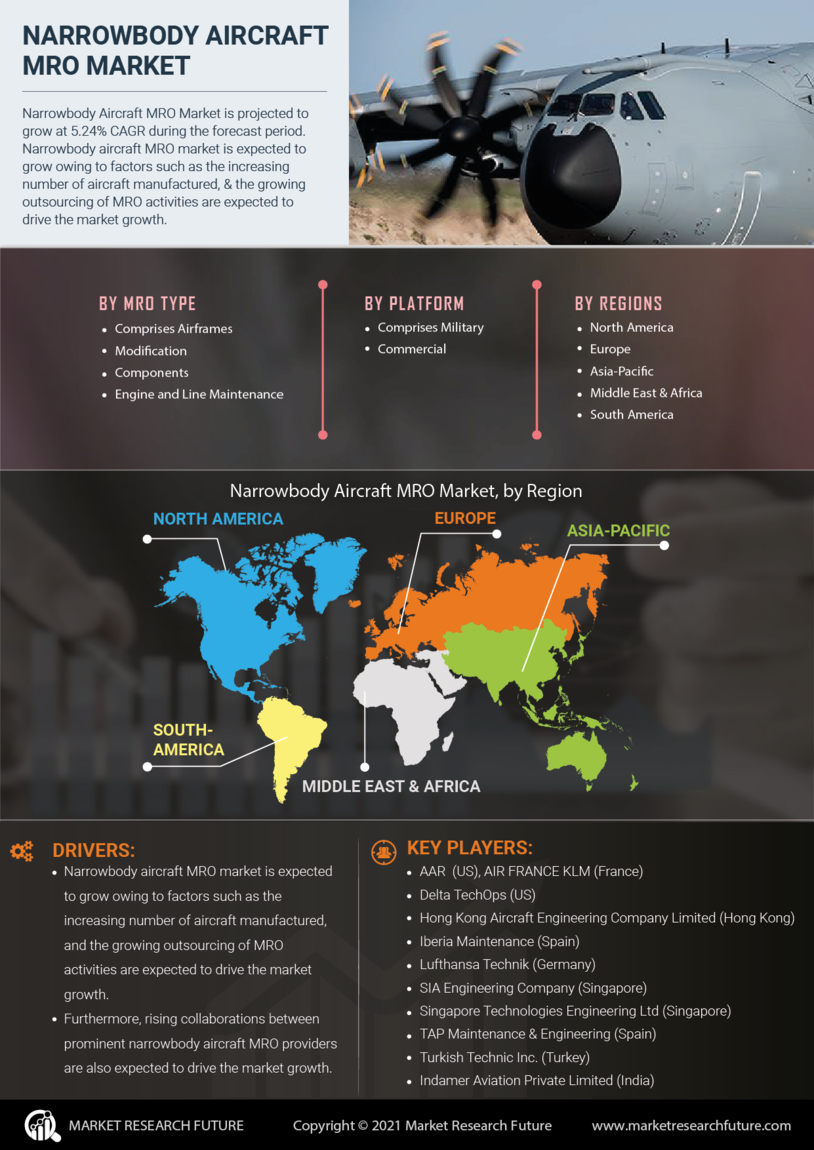

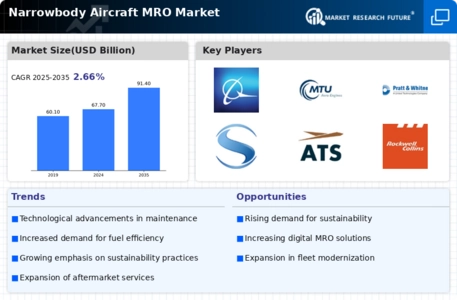
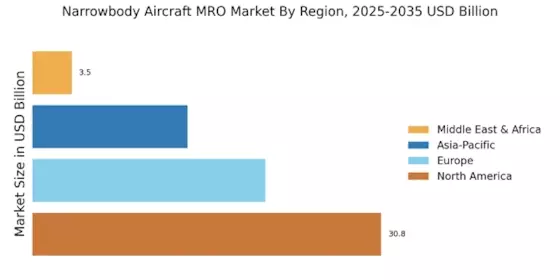




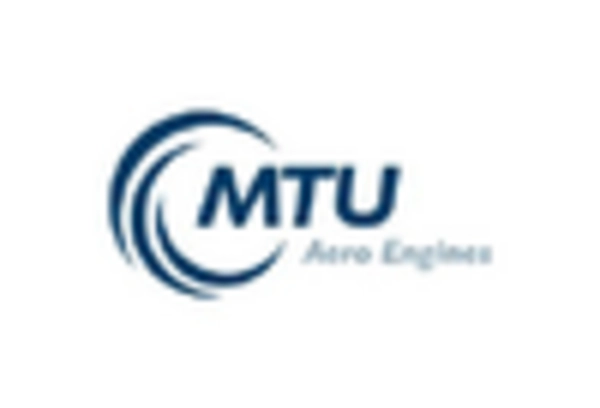
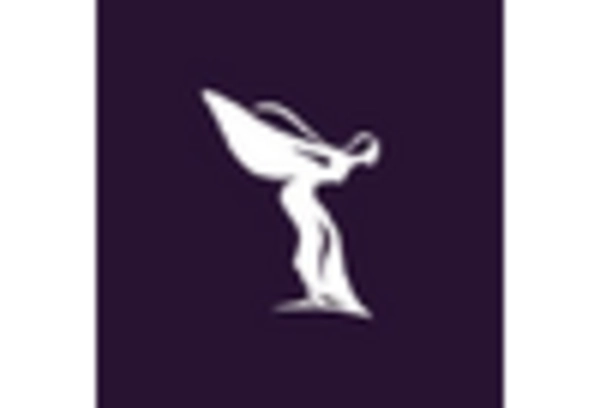








Leave a Comment